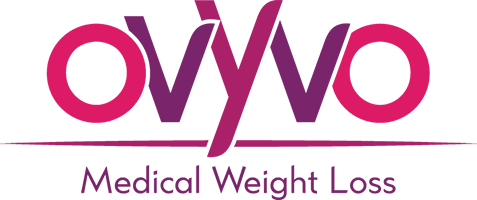Whether you’re trying to lose weight, manage your blood glucose levels, or just improve your overall health, one of the best places to start is with reducing your sugar intake. Consuming excessive amounts of sugar is linked to a variety of health issues, including high blood pressure, inflammation, chronic fatigue, weight gain, and diabetes.
Cutting sugar from your diet doesn’t have to be hard – on you or your palette. Below, we’ve outlined three simple things you can begin doing right now to substantially reduce your sugar intake. These small changes alone can have a large and long-lasting impact on your health and happiness.
Adjust Your Coffee & Tea Habits
If you’re like a lot of people, you probably enjoy coffee and/or tea several times a day. If you’re adding sugar each time, that’s going to add up quickly. As an example, if you add two teaspoons of sugar to two beverages per day, that’s 56 teaspoons of sugar per week. At about 16 calories per teaspoon, that’s 896 calories over the course of a week!
Not quite ready to go cold-turkey on your sweet daily brew? Then ween yourself slowly by gradually cutting back. If you use two teaspoons of sugar, try 1 or 1 ½ for a week or so. Eventually, you’ll have lowered or eliminated added sugar, and your palette will have adjusted, too. In fact, many people find they prefer their coffee or tea without sugar once they’re accustomed to it.
Replace Soda
Just one 7.5oz “mini” can of A&W Root Beer contains a whopping 27 grams of sugar. If you had added the sugar yourself, you would have had to drop 6 ½ teaspoons into that tiny little can! Look, that’s 100 nutritionally empty calories. And if you drink just one per day, that’s 700 calories over the course of a week!
Maybe you prefer a 20oz bottle of Coke. At 65 grams of sugar and 240 calories, just one per day will pack in 1680 calories over the course of a week. That’s roughly a full day’s worth of calories!
While straight-up water is the best replacement, sometimes you just want more. Try low- or no-sugar seltzers. You’ll get the same bubbly mouth feel, but without the sugar spike. If you’re having difficulty making the transition, make it gradual. Add some seltzer to your soda to cut the sweetness until you’re adding a splash of soda to your seltzer, and eventually, going with just the seltzer (or seltzer with a splash of freshly squeezed citrus – yum).
When you’re looking for a soda alternative, just make sure you’re not swapping one high-sugar beverage for another. It’s best to avoid fruit juices, bottled iced teas and coffees, and energy drinks. Check the labels, and you’ll see these items are usually quite high in sugar.
Shop For Fewer Added Sugars
Food labels make it easy to spot added sugars. Listed under “Total Carbohydrates”, you’ll find a line for Total Sugars, which includes both natural and added sugars. And below this, you’ll find an additional line that separates the amount of Added Sugars. It’s important to note that a lot of healthy foods have naturally occurring sugars, but it’s these Added Sugars that we really need to watch out for.
Start by looking at items you buy often. Is there an alternative with fewer added sugars? If so, swap it. And remember to look beyond swapping similar items, like one ice cream for another. Instead, consider healthier options that would do the job. Maybe some Greek yogurt with some fresh blueberries.
The key is to use nutritional information to your advantage. It’s right there, so why not let it guide your decisions? Maybe not your entire grocery shop all at once, but an item or two each time. Before you know it, you’ll have swapped out dozens of items and cut significant amounts of sugar from your diet. All with minimal effort.
Reducing your sugar consumption can have profound effects on your health. Just remember, you don’t need to cut added sugars entirely or even all at once. It doesn’t have to be a daunting task. Start with these three simple strategies and build from there. C’mon. You got this!
